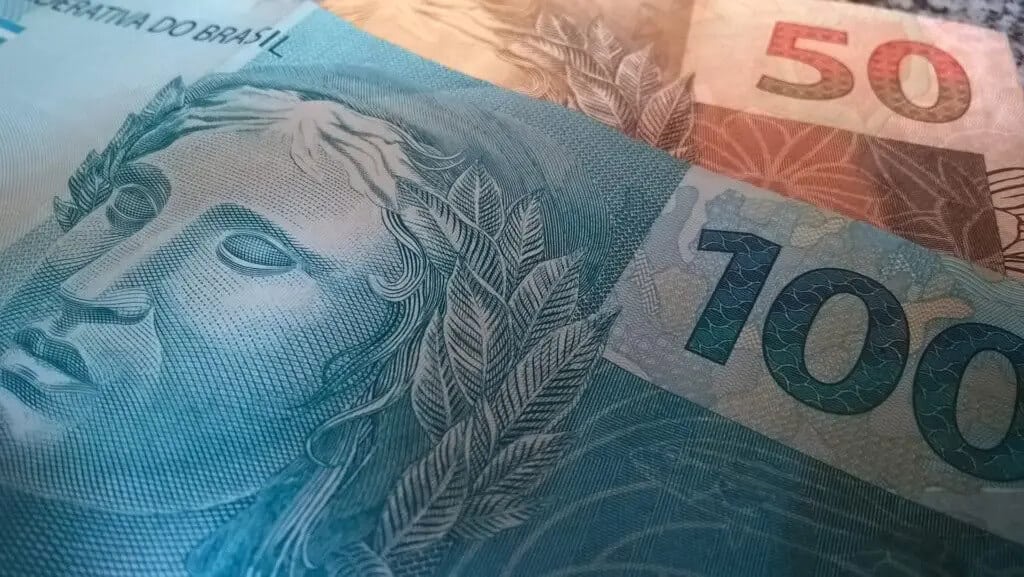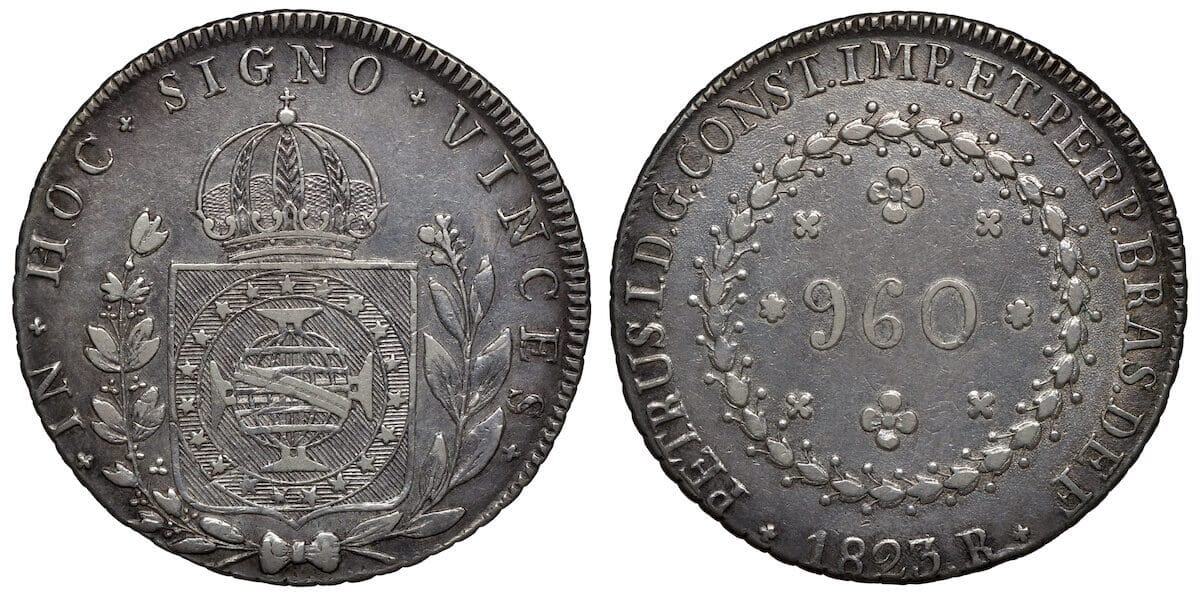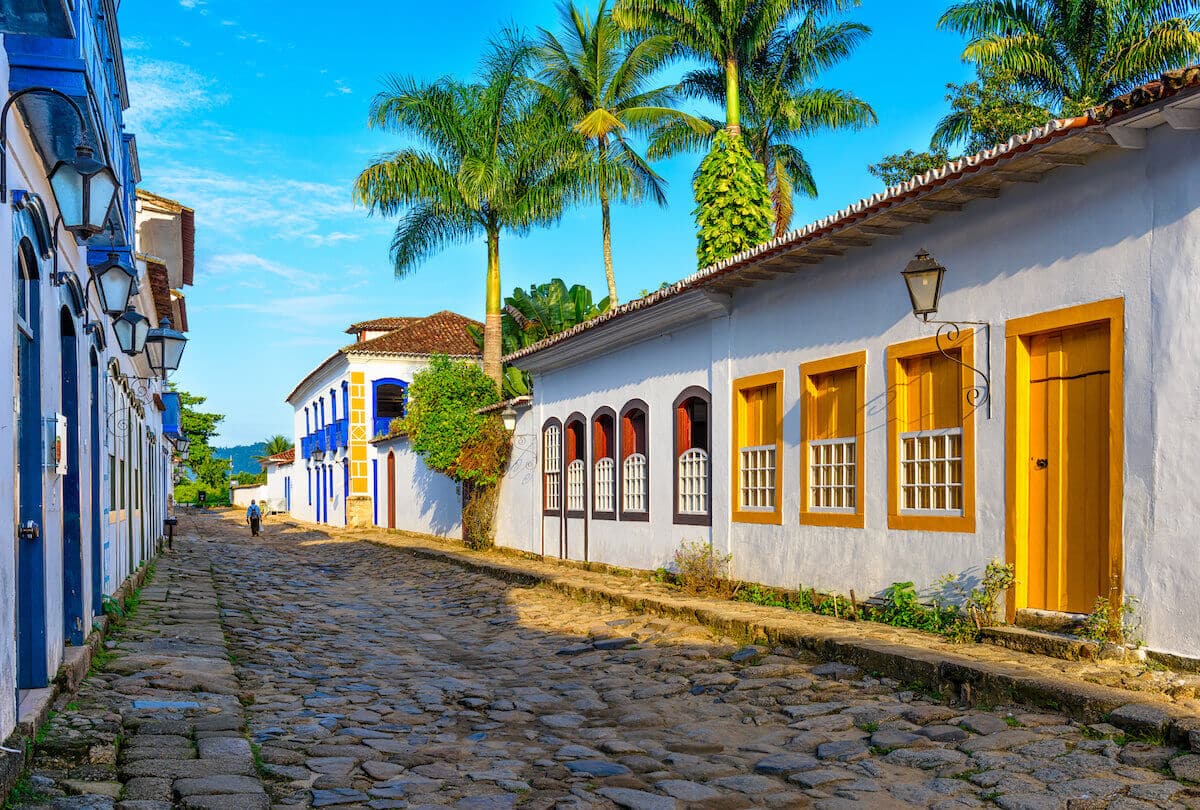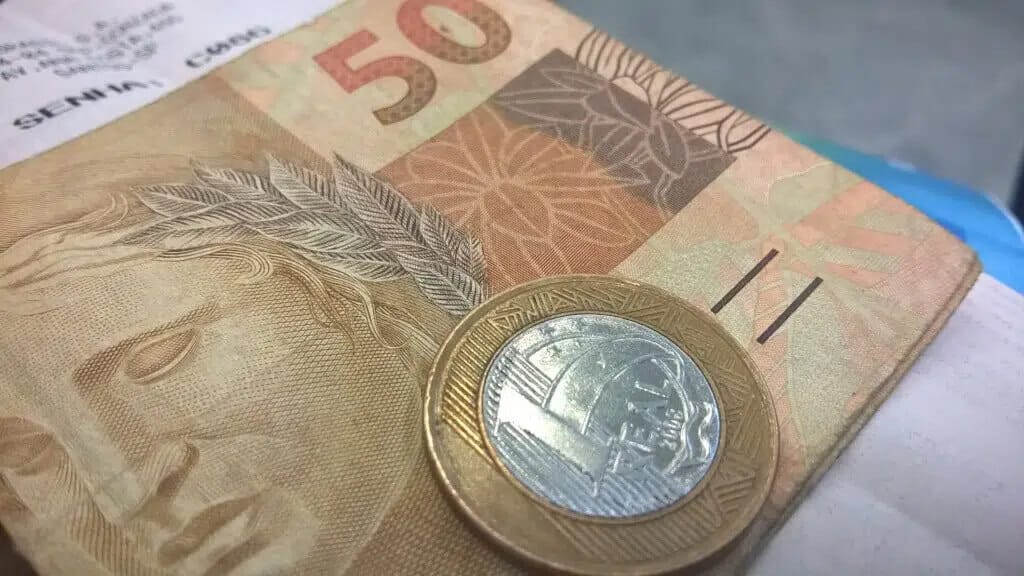
Brazil is the largest country in South America. With a diverse population and vibrant culture, it has long been a popular tourist destination for travelers from all over the world. Brazil is also a growing economic and cultural point on the globe, having hosted the 2016 Olympic summer games and serving as home base for several energy and banking companies.
Whether you’re planning to visit Brazil for business reasons or for your next great vacation, you’re going to need the Brazilian real (the plural of which is reais). Keep reading for everything you need to know about Brazil currency, from getting the best deal to little-known facts about its history and use.
Basic information about Brazil currency
Like most modern currencies, the Brazilian real comes in coin and banknote denominations. It also has its own currency code used in trading and foreign exchange.
- Currency code: BRL
- Abbreviation: R$
- Coins: 5, 10, 25, and 50 centavos, and R$1
- Banknotes: R$2, R$5, R$10, R$20, R$50, R$100, R$200
A short history of the real and Brazil’s economy

The Portuguese people imported their language and culture, along with the Brazilian real, in the 1600s. About three centuries later, in 1942, the Brazilian people replaced it with the cruzeiro in 1942.
Named after the Southern Cross constellation, the cruzeiro evolved several times before Brazil replaced it with the cruzeiro real in 1993. Inflation, boosted by high government spending, was the main reason for these rapid currency variations.
In 1994, President Itamar Franco introduced the Plano Real, known as the Real Plan in English, to stabilize the economy and currency of Brazil. And for the most part, the Plano Real curbed the rampant inflation.
Since that time, though, the Brazilian economy has suffered other challenges. COVID-19 has had a huge effect on the regional economy, according to data provided by the World Bank. As vaccinations increase and the pandemic ebbs, many experts are hopeful that the country’s economy will recover to pre-COVID levels.
The currency exchange rate in Brazil explained
You can convert currency from other countries into reais. For example, you can exchange euros (EUR), Mexican pesos (MXN), or U.S. dollars (USD) for Brazilian currency. How many reais you receive depends on the current exchange rate.
Several factors determine the value for currency exchanges. Those factors include government stability, regulation, the economy, inflation, and demand for foreign currency. Brazil’s unique history and economy, as well as current events, will continually shape the real’s foreign exchange rates.
Before you commit to any exchange, you should take a bit of time to learn more about converting Brazil currency.
7 facts you probably didn’t know about the Brazilian real

Apart from its fascinating history, there is an abundance of trivia about the real that travelers to Brazil may find interesting. Here are seven of the most interesting facts about the real.
1. R$1 banknotes are generally worth more than R$1 coins.
Brazil is still minting one-real coins and putting them into circulation. They are a convenient and durable, if small, denomination of Brazilian currency. The R$1 banknote, though, hasn’t been printed since 2005 — creating scarcity and making it a collector’s item.
In fact, if you find a R$1 banknote in good condition, it could be worth quite a bit more than the number printed on the bill. In one case, a R$1 had an estimated market value of as much as R$275. Needless to say, if you get a R$1 banknote, don’t spend it. Have a qualified expert take a look at it instead.
2. Brazilian currency changed eight times in the 20th century.
As indicated above, there have been a lot of changes in Brazilian currency. But many of those changes happened in the relatively recent past. Since 1942, Brazil has changed its currency eight times, primarily to fight inflation, which the country finally got a better handle on in the 1990s.
In order, the currencies used in Brazil over the past several decades are:
- The old real (until 1942)
- Cruzeiro antigo (1942-1967)
- Cruzeiro novo (1967-1970)
- Cruzeiro (1970-1986)
- Cruzado (1986-1989)
- Cruzado novo (1989-1990)
- Cruzeiro (1990-1993)
- The new real (1994-present)
3. When writing out the amount or a payment in reais, watch your decimal points.
With many currencies, including USD and Canadian dollars (CAD), you’d normally use a comma to separate the thousands place, and a point (period) to indicate the decimal. For example, an American would write two thousand dollars and fifty cents as: $2,000.50.
Brazilian Portuguese, however, follows the convention of many European languages and reverses the use of decimal points and commas when writing out large numbers. So, with reais, a comma indicates the decimal and a point shows the difference between the other numeric places.
For the amount written out in USD or CAD above, the correct notation in Brazil would be R$2.000,50.
4. The original real (as a unit of currency) came from Portugal.
As so many other parts of Brazilian culture, the country’s currency has its roots in Portugal. The word “real” actually means “royal” in Portuguese. The first real coin denominations were minted from silver and copper.
Since Brazil was a Portuguese colony starting in the 1500s, the real was the official currency in the region early on. Brazil declared its independence from Portugal on September 7, 1822, but has continued to use the real in another form as its official currency.
5. The first Brazilian real wasn’t printed by the Portuguese, however.
While Portugal did import the real as a currency, the first reais carrying the name “real” in Brazil were printed by Dutch settlers starting in the first half of the 17th century.
While this may sound unusual today, the historical borders of Brazil were different from the modern-day country. In the 1600s, the Dutch actually controlled the northeastern portion of the country, and they used that political and social control to take a hand in producing the country’s currency.
6. The Brazilian real remains popular in trading.
Even though the Brazilian real has a history of inflation, the Brazilian economy was still ranked the 12th largest in the world by GDP in 2020. As a result, the BRL is currently in the top 20 most traded currencies in the world. It’s also the most traded of all the Latin American currencies.
7. Brazil released the latest series of reais notes in 2010.
The Central Bank of Brazil (BCB) announced new notes in 2010. Not only did these new real banknotes include improved security elements, but they were also printed in different sizes. As with the currencies of several other countries, differently sized notes help those with vision impairments easily recognize individual Brazilian banknotes.
Converting or exchanging Brazilian reais

The good news is that you have a lot of options when it comes to getting your hands on Brazilian reais. Outside of ordering reais from your bank or exchanging them at the airport, you can also use ATMs in Brazil. Just be sure to follow some basic safety precautions when using ATMs in Brazil.
What’s more, you’ll find that credit cards are widely accepted throughout Brazil, with Visa and Mastercard being the most common. Just be careful about foreign currency fees, which can dilute the value and convenience of using a credit card.
In any event, you’ll want some loose change for taxis, tipping for parking and tours, shopping in the market, and general emergencies. Having some cash on hand can be especially helpful outside of major cities.